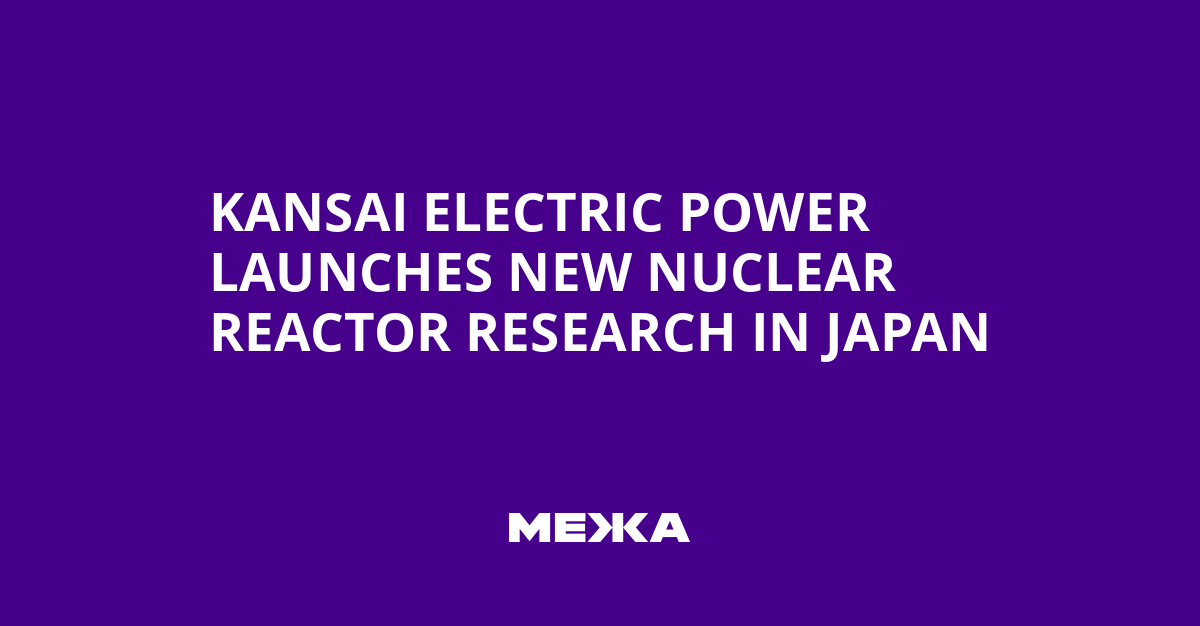Kansai Electric Power has announced the start of research aimed at constructing a new nuclear reactor at its Mihama power plant, located in Fukui Prefecture in western Japan. This decision marks the first concrete step in the country’s nuclear energy revival following the Fukushima nuclear disaster in 2011.
Japan continues to rely heavily on imported fossil fuels, so the government seeks to increase the role of nuclear energy in ensuring energy security. Kansai Electric is the largest operator of nuclear reactors in Japan by the number of active units.
The research planned by the company will focus on studying the topography, geology, and other important aspects, as well as involve active communication with local residents.
“Considering the overall cost, plant operation, and compliance with new regulations, we believe that the SRZ-1200 reactor with advanced light-water technology is the most realistic option,”
– Hiroaki Kitaura, Chief Manager of Kansai Electric’s Nuclear Division
Mitsubishi Heavy Industries is working on the basic design of this type of reactor in collaboration with four power companies, including Kansai Electric and Hokkaido Electric Power.
Although Kansai Electric has not yet provided a construction cost estimate, Kitaura noted that funding will be raised through bonds, loans, and other appropriate means, emphasizing that there are currently no plans to issue shares.
The company had been considering replacing Mihama Reactor No. 1 since November 2010 but suspended research after the 2011 accident. In 2015, a decision was made to decommission reactors No. 1 and No. 2 at Mihama.
“Anticipating a significant loss of nuclear capacity, it is necessary to restore it with next-generation reactors based on ensuring safety and gaining local community support to guarantee sources of decarbonized energy,”
– Yoji Muto, Minister of Economy, Trade and Industry of Japan
Currently, Japan operates more than a dozen nuclear reactors with a total capacity of about 12 gigawatts. Many of them are undergoing relicensing to meet new, stricter safety standards introduced after the Fukushima accident. Before 2011, Japan operated 54 reactors.
